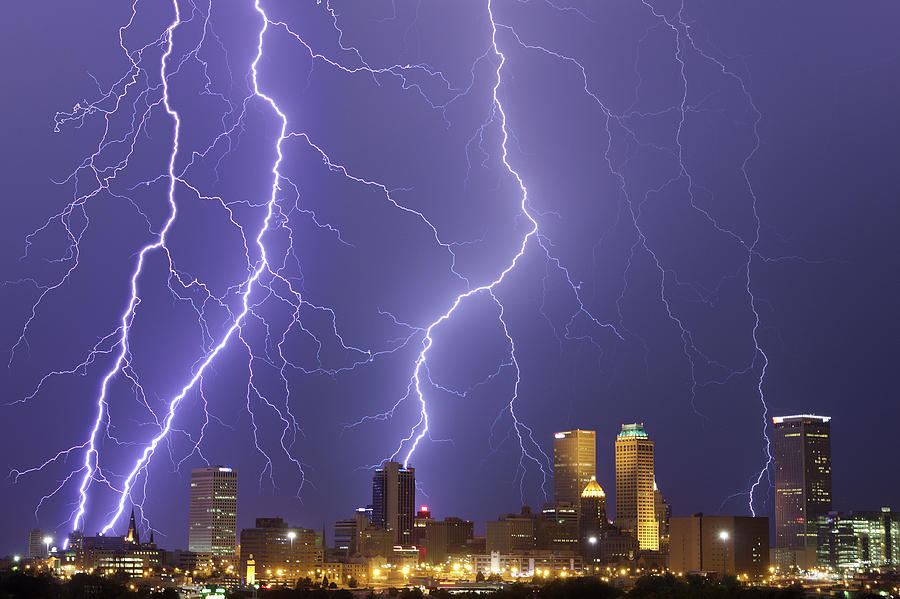ClarCari wrote:What are some similarities so far from this year’s event to first year La Niña events such as 04-05, and 16-17.
My gut is really feeling like next year may see more intensity and at least similar activity in names to this year. Even a weaker La Niña event could produce even worse activity in year 2(05,17) vs year 1(04,16) which is exactly what happened in those periods. What did those year 1’s ENSO conditions look like that 2020 is showing any similarities to?
2005 wasn't a second year niña, 2004 was modoki El Niño, and 2005 started the hurricane season in warm neutral territory and progressively got cooler as the season continued on. 2016 was a Niña that went back into warm territory, in fact, for a little while there it appeared that the 2017 hurricane season would be a Niño year, it trended into cool neutral to a Niña as the season progressed.
My personal theory is that it isn't so much being in an actual full fledged Niña that makes the Atlantic favorable, I think the most favorable setup for the ATL is when ENSO goes from warm neutral to cool neutral during the heart of the season. ENSO took a fairly deep dive into Niña territory during the heart/latter portion of the 2005 and 2017 hurricane seasons, and I think that is what contributed to them being so hyperactive and generating such intense storms. I think part of the reason why this season kept beating earliest named storm records and has generated such a high number of storms but has failed to generate storms of the intensity to match storms from '05 or '17 is because the Niña came on a little too early and a little too strong. This year posted a negative trimonthly before both 2005 and 2017, and the negative trimonthly for JAS 2020(July-August-September) is a colder value than JAS for either 2005 or 2017.
I think the developing Niña just provided the ATL with peak conditions a little too early this year, which is why I believe we saw such a record breaking early season in June and July. If the Niña had been delayed 2-3 months I think we would have possibly seen a CV season that was more comparable to 2017 and storms like Nana might have achieved much higher intensities.
This is just my personal thoughts though and I am in no way an expert.
Regarding next year though, I think it's going to depend heavily on how ENSO evolves over the next few months until we get to summer 2021. The last time I looked, which honestly was a couple weeks ago, there was warmth in the subsurface in the western ENSO region (Niño 4), but it's going to need the MJO to behave during the winter and spring in a way that favors WWBs (westerly wind bursts) so that way they can warm the ENSO regions. If we start hurricane season 2021 in a warm ENSO state that heads towards cooler territory during the latter portions of the season I think that is the most likely ENSO scenario to produce a '05/'17-esque season. If the Niña holds through the winter and spring and into and throughout the hurricane season, I think it will help facilitate another active ATL season but might limit the number of majors and their intensity. Could still be prolific with 3-4 majors, I just think they'll lack the super intensity of a Katrina/Rita/Wilma/Irma/Maria. Or ENSO might start to evolve to a warm state during the winter or spring and continue throughout the hurricane season, in which case the safest bet is to go with the EPAC/CPAC for being the more active basin.
Personal, long range, gut feeling forecast with no science involved? I think by summer 2021 we'll be trending towards warmer ENSO territory and EPAC/CPAC will be the more active basin next year.














